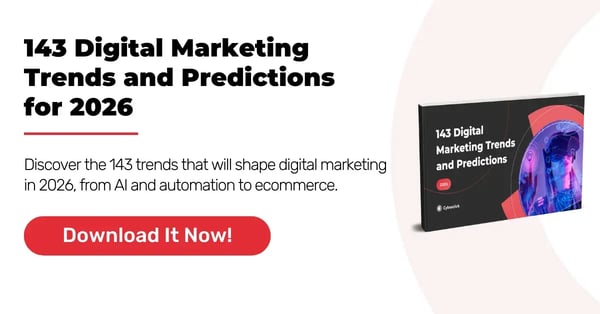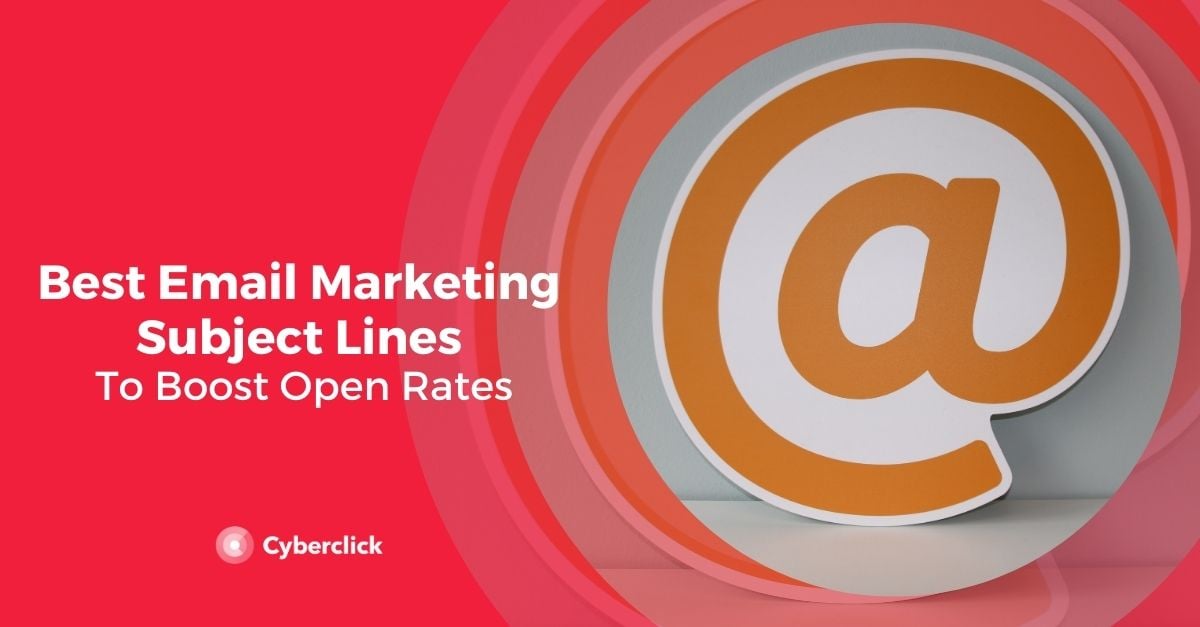A transactional email is automatically sent to a user after they take a specific action on a website or app. These emails provide information related to that action, such as a purchase confirmation, shipment update, newsletter subscription confirmation, or password reset.
In an email marketing strategy, these emails play a key role. They enable efficient communication between the brand and the user, keeping customers informed about their interactions with the company. Transactional emails also improve the customer experience and typically have high open rates, making them a great opportunity to include promotional content and product or service recommendations.
Transactional Emails vs. Mass Emails: What's the Difference?
Both types of emails can and should be part of an email marketing strategy, but their purpose is quite different. While a transactional email aims to inform the user in response to a specific action they have previously taken within the brand's digital environment, a mass email aims to promote the company's products and services.
Transactional emails are sent individually and automatically to users, whereas mass emails are sent to a large audience, meaning multiple recipients receive them simultaneously. In this sense, the user does not need to do anything specific to receive mass emails, as these are planned according to the company's marketing strategy.
As noted above, one key advantage of transactional emails is that they tend to have a higher open rate than mass emails. This is because the user expects to receive them, as they contain relevant information about an action they just performed. Mass emails, on the other hand, depend on the user's interest in the brand’s promotional content.
Are Abandoned Cart Emails Transactional?
These emails have characteristics that bring them closer to the definition of a transactional email, as they are automatically generated based on a specific action taken by the user. That being said, some sources consider them promotional emails because they are intended to encourage the customer to complete the purchase and make a conversion, making them another marketing strategy.
What matters here is that abandoned cart emails comply with current data protection regulations and that the user's consent has been obtained to receive these types of communications.
How Transactional Emails Work
Now that you have a better understanding of what a transactional email is and its characteristics, let's go through a generic example of how this type of email is triggered.
1. The user takes an action on the company's website or app. Every transactional email begins when a user takes an action on a platform that belongs to the brand’s digital environment. These are very specific actions, so emails related to items a customer has viewed on the site or reading a blog post wouldn't fall into this category, since these messages are more sales- and promotion-oriented. More specific actions that show greater interest from the customer would be:
-
Registering on the platform
-
Making a purchase
-
Requesting a password change
-
Subscribing to a newsletter
2. The transactional email is automatically generated. The company’s email management system detects that the user has performed a specific action and triggers automation to generate the transactional email.
This email management system is designed to include personalized information in the emails, such as purchase details, username, or shipping address.
3. Immediate sending takes place. These emails should be sent immediately after the customer takes action, otherwise, they lose their value and relevance. A delay can have the opposite effect, giving the impression that the company is careless or lacks coordination.
Imagine you subscribe to a newsletter and receive the confirmation email days later. The company might appear to have neglected this part of their business, causing you to lose interest in their emails. Therefore, customer trust and satisfaction are at risk.
4. The user receives the transactional email. Another important feature of this type of email is that, often, users can interact with them and take specific actions through the email, such as confirming a password, accessing order details, or tracking the shipment.
Real Examples of How to Use Transactional Emails
Travelodge and Reservation Confirmation Emails
This is one of the most typical examples of a transactional email. In this case, the hotel chain Travelodge uses this type of email to inform customers that their reservation is confirmed and that they can make any changes to it by clicking on the button.
Additionally, the email includes reservation details, such as the confirmation code, price, payment method, check-in and check-out times, and frequently asked questions.

Airbnb and Password Change Emails
Another transactional email example is the password change notification. This automation does exactly what it sounds like: it informs consumers of a change in their account password.
If it’s a hacking attempt, this email helps the real user immediately identify that someone is trying to access their account and take action right away. Here’s an example from Airbnb:

Conceptseeker and Newsletter Subscription Confirmation Emails
Newsletter subscription confirmation emails are often pretty boring and to the point, but you can add some personality to them, as Conceptseeker does here. This helps spark user interest and increases the open rate.

Digital Marketing Stategist en Cyberclick. Graduada en Turismo por la Universidad de Lleida con un máster en Dirección de Marketing en EAE Business School. Ester cuenta con más de cinco años de experiencia en el sector del marketing digital, especializándose en el sector de los viajes y liderando tanto proyectos locales como internacionales.
Digital Marketing Stategist at Cyberclick. She holds a degree in Tourism and then specialized in marketing, she has a lot of experience in the travel vertical. With more than 5 years of experience in the digital marketing sector, both managing local and international projects.







Leave your comment and join the conversation